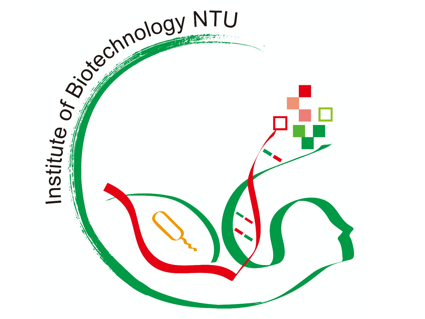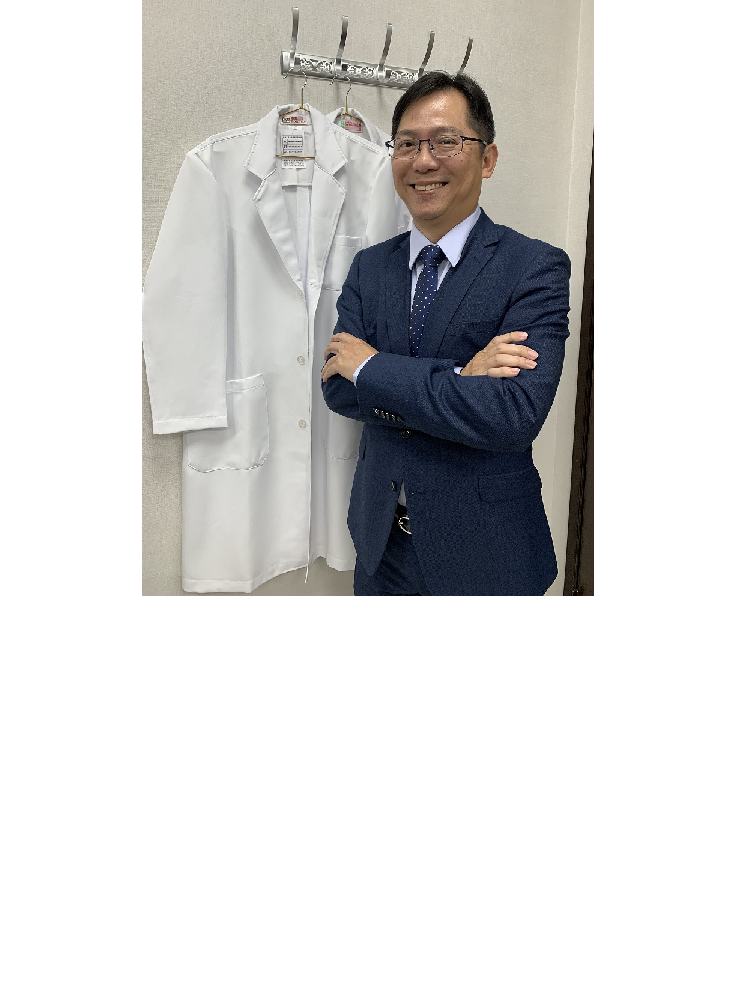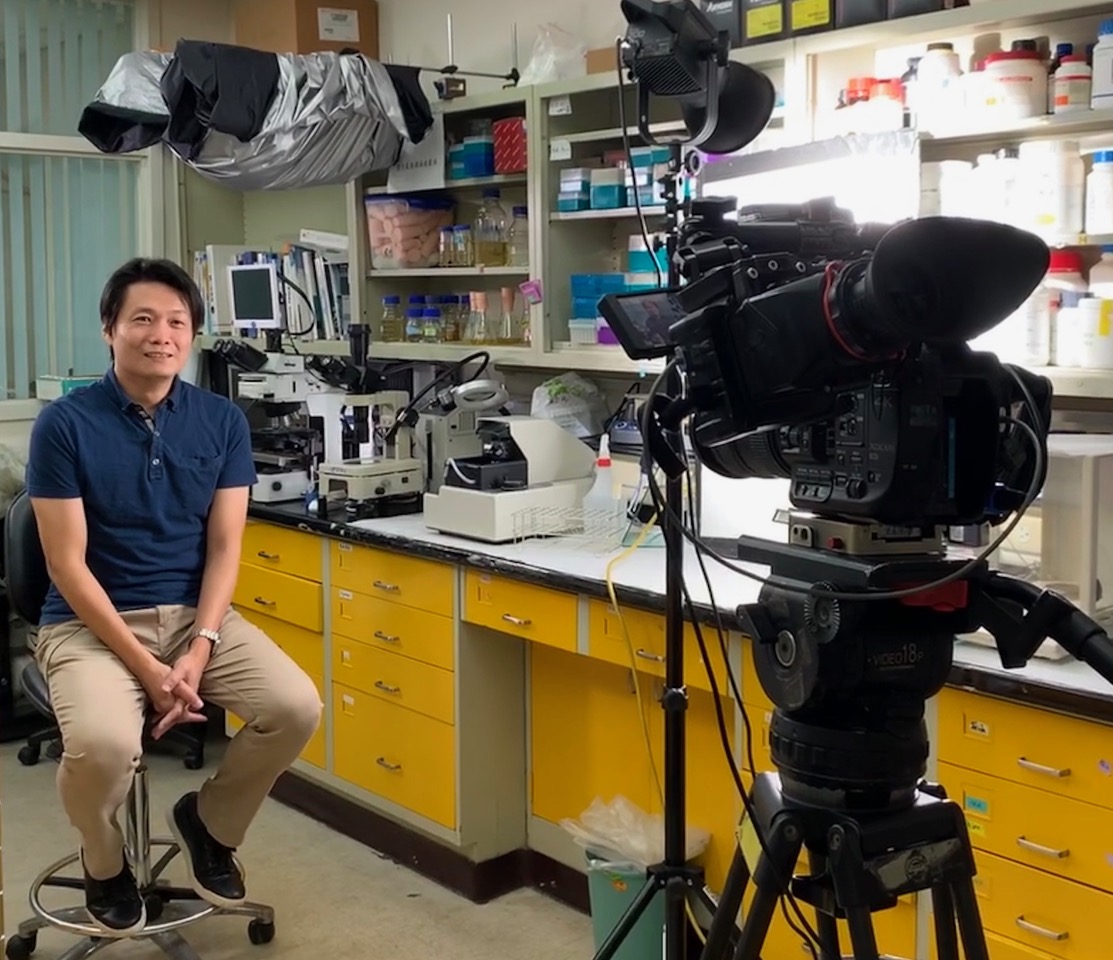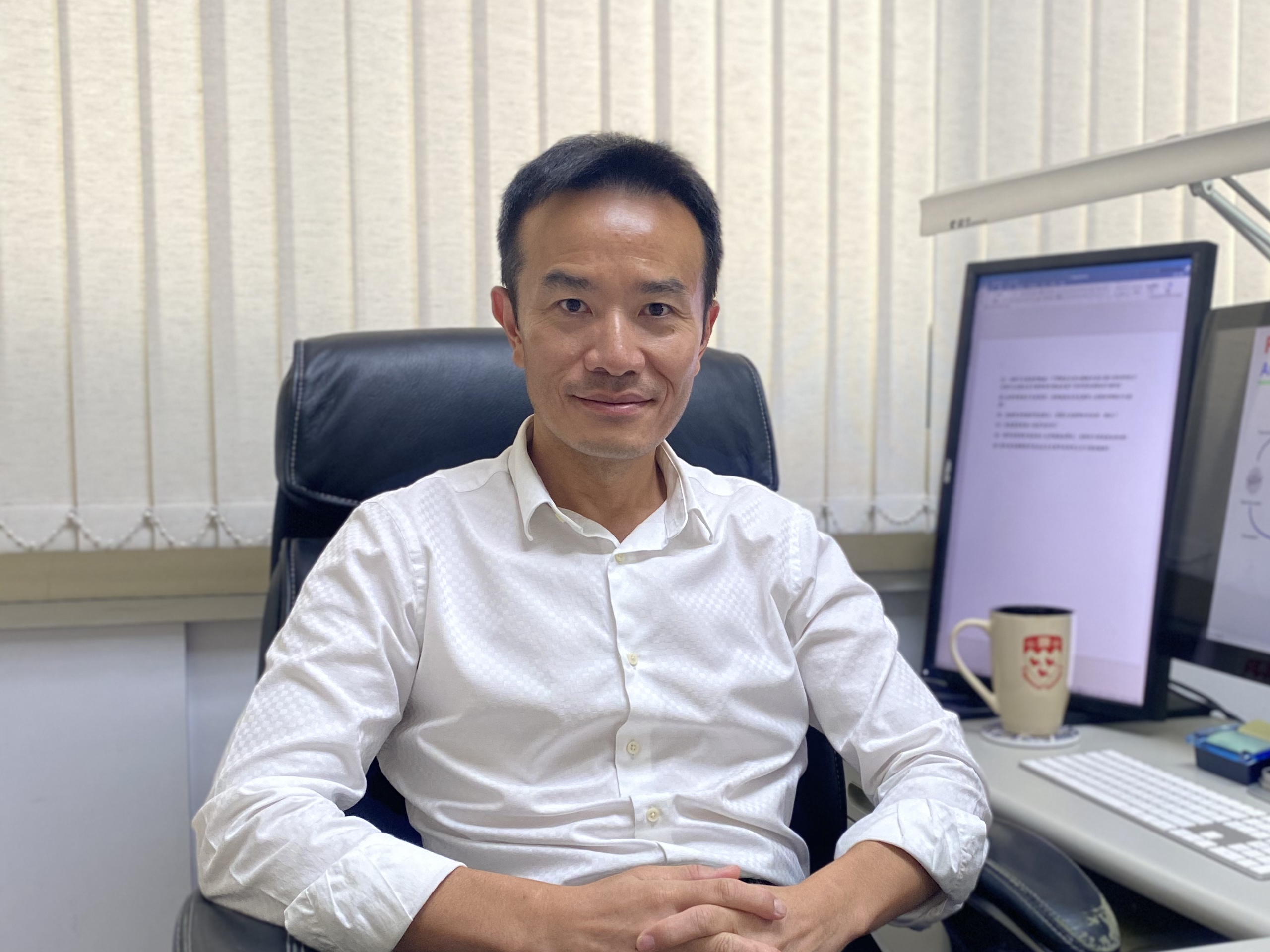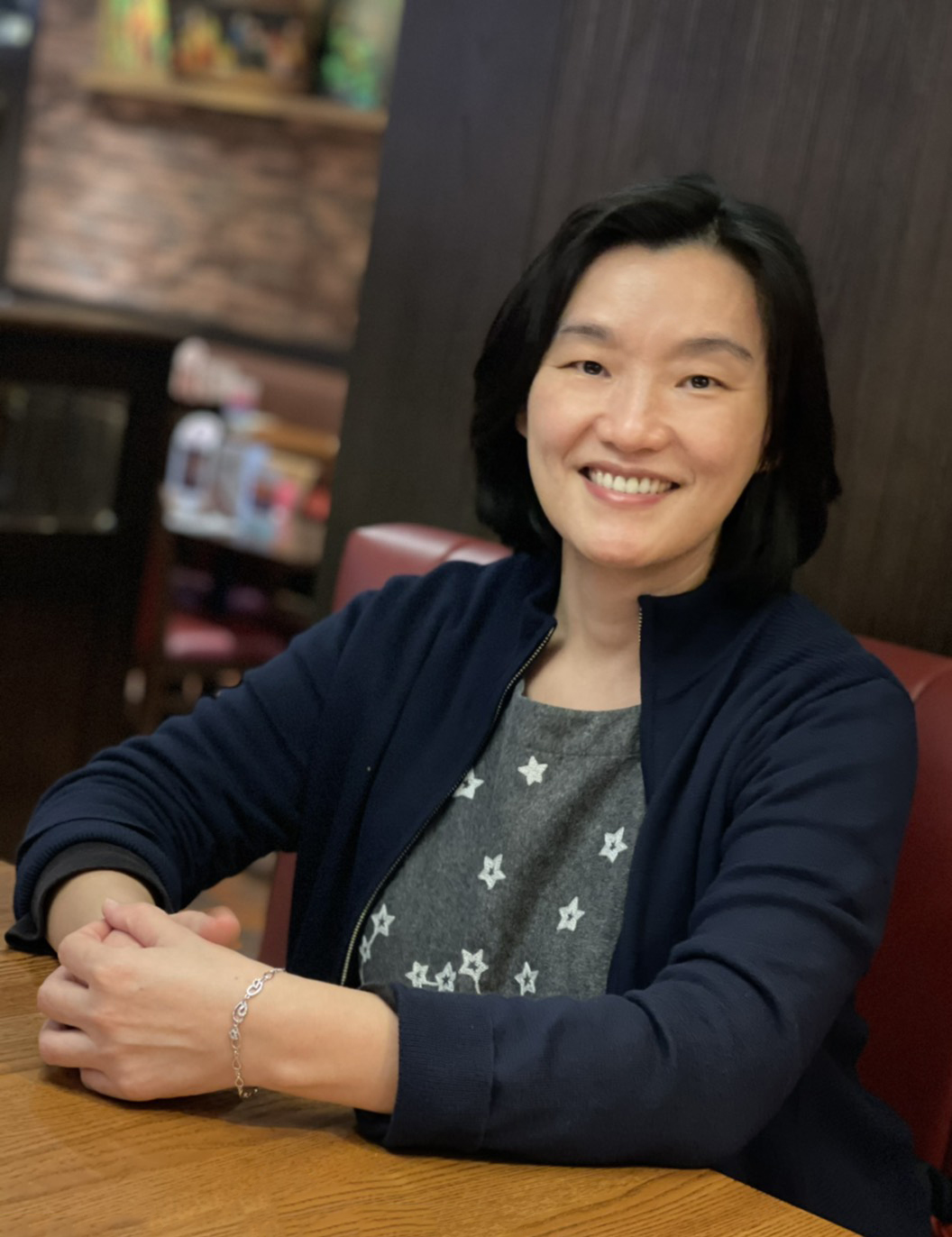Today we are very happy to interview the new director of Institute of Biotechnology (IOB), Prof. Mong-Hsun Tsai, to talk about his research journey. Graduated from the Department of Zoology at National Taiwan University (NTU), Prof. Mong-Hsun Tsai has established solid biology backgrounds. Prof. Tsai then decided to proceed his master at National Tsing Hua University (NTHU). His study mainly focused on radiation and heavy metal (such as arsenic) induced damages in molecular, cellular, and phenotype levels. During the research process, Prof. Tsai learned how to collect samples, create questionnaire and other related techniques, which triggered his interests to engage more in public health research.
For Dr. Tsai’s dissertation at National Yang Ming University, he mainly studied health effects of chronic low-dose radiation exposed subjects who lived in Co60-contaminated buildings for more than 10 years in Taiwan. The chronic low-dose radiation induced health effects were very different from acute high-dose exposure (for example, the studies from A-bomb survivors in Hiroshima and Nagasaki, Japan; Chernobyl nuclear power plant accident in 1985, and other cases). The results of this very unique chronic low-dose radiation exposure cohort study established in Taiwan are important and has its value in the world for opening up more research aspects of radiation biology. Along his research journey in National Yang Ming University, Dr. Tsai realized the importance of big data analysis and information statistics; therefore, during his postdoctoral training, he began to employ microarray technology and big data analysis to conduct radiation biology research at the National Institutes of Health (NIH) in United states.
Dr. Tsai stayed in NIH for 4 years and came back to NTU as an assistant professor in 1996. Prof. Tsai has been employing biochips and bioinformatics tools for agriculture applications and to discover specific biomarkers for cancer outcome prediction. At the same time, next-generation sequencing (NGS) platform became a very powerful tool that can generate parallel massive sequencing data for many biological and bio-medical applications. Dr. Tsai applied the NGS technology to sequence the entire genome of Mikado pheasant. Dr. Tsai and his team found that a special amino acid replacement in hemoglobin gene made the pheasant become more adaptable to the hypoxia environment. Moreover, the team found the ancestry of genus Long-tailed Pheasant originated from northern China, and they travelled to Taiwan 3.5 million years ago during the ice age and later evolved into Taiwan endemic species. These valuable information provided by the latest sequencing technology allow scientists to better understand the genomic importance of endemics species.
Finally, Director Tsai wants to encourage young students to learn from different fields and to work in cross-disciplinary teams. Besides your own strong biology background, you should be able to cooperate with people from various fields. Learning to use multiple tools to help students answer and solve interesting questions. Only by constantly improving yourself, you will be able to go wherever you wish and do whatever research you want to do.




